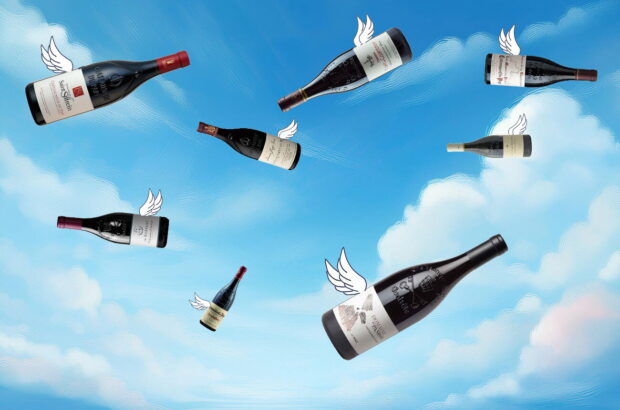Wine tasting is not drinking. Although wine is made to drink and enjoy, there are also times when it has to be judged and assessed. Mastering the art of tasting is essential in order to get the most out of your wine drinking.
Smelling, or nosing, the wine
The sense of smell and the sense of taste are so closely intertwined
that
one could not exist without the other. For this reason, your
nose can
tell you a great deal about a wine before you even taste it.
A properly designed glass can help capture a wine’s aromas and
funnel
them in the right direction. While glasses intended for use with
reds
tend to have a larger bowl than those made for whites, both
types should
taper towards the top, ‘steering’ the bouquet towards your nose
rather
than allowing it to dissipate from a large surface area. Swirl
the wine
in the glass so that most of its interior surface is coated in
liquid
as this helps to release the wine’s aroma. Put your nose well
into the
glass and sniff.
As with the colour of a wine, its perfume will vary according
to its
age and composition. The region where it was made can also
influence its
aroma, as can ageing in oak barrels. Think about the smell. Is
it powerful
and complex or simple and light? Does it linger or is it soon
dissipated?
Grape variety has a profound influence on a wine’s perfume. The
aroma
of Sauvignon Blanc, for instance, is classically described as
‘cat’s pee
on a gooseberry bush’, Cabernet Sauvignons are often
characterised as
having a blackcurrant quality and Pinot Noirs have something of
the barnyard
about them.
As a wine ages, its aroma may change – white wines often become
more
honeyed over the years, while young whites are often described
with reference
to fresh flowers, fruit or newly cut grass.
A good sniff will also give you clues about a wine’s condition –
if it
is corked it will smell musty. A whiff of burnt matches is the
hallmark
of a wine to which sulphur has been added as a preservative
(this is quite
common in cheap white wines). An oxidised wine will be given
away by a
rich burnt scent, similar to that of Madeira wine (an additional
clue
comes with looking at an oxidised wine, which usually appears
brownish
in colour).
Be as poetic as you want in your evocation of a wine’s bouquet
and have
confidence in your ability to judge its qualities. After all,
there is
no right or wrong in anyone’s description of a wine – it is just
a highly
personal reaction to the scent released from the glass.






